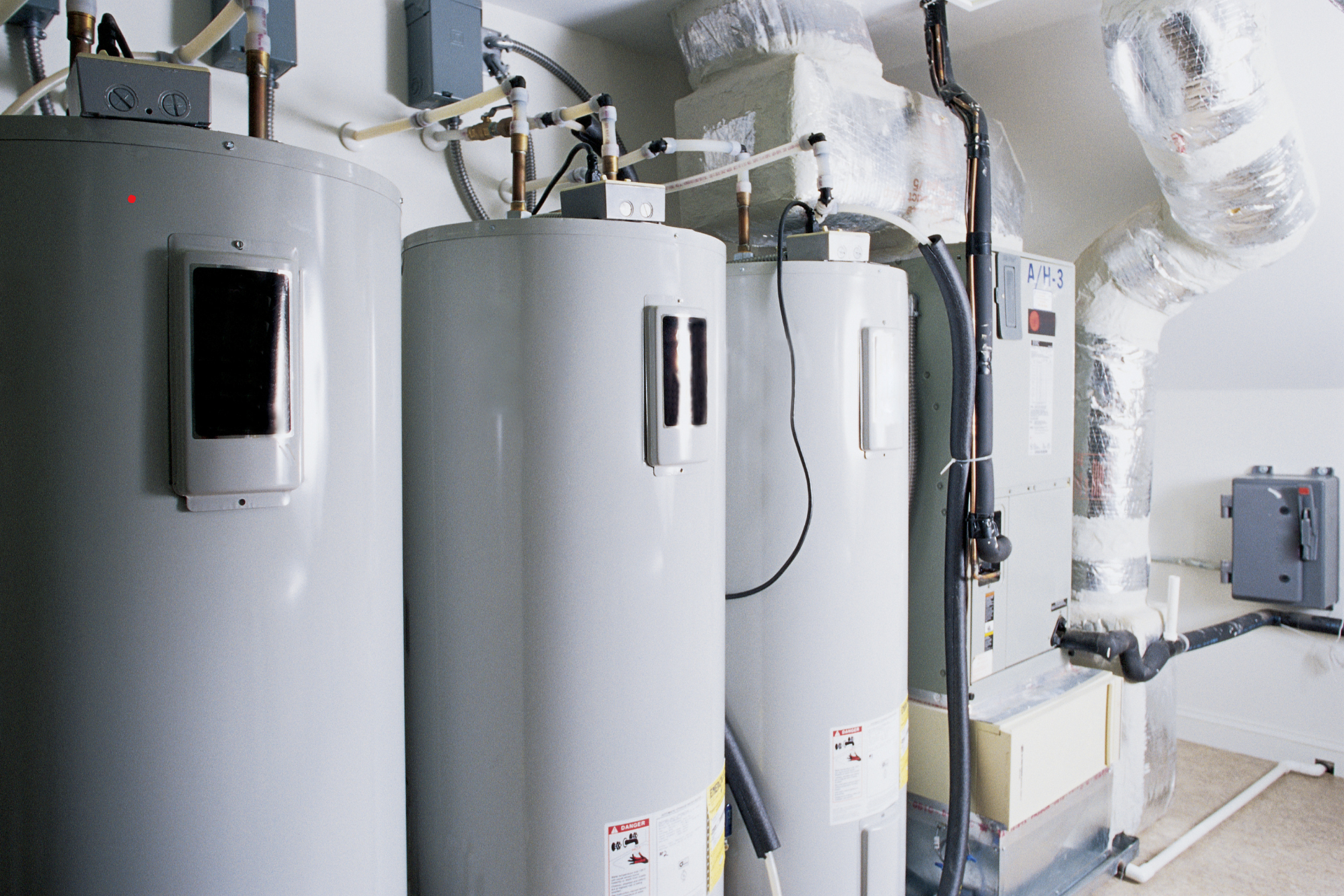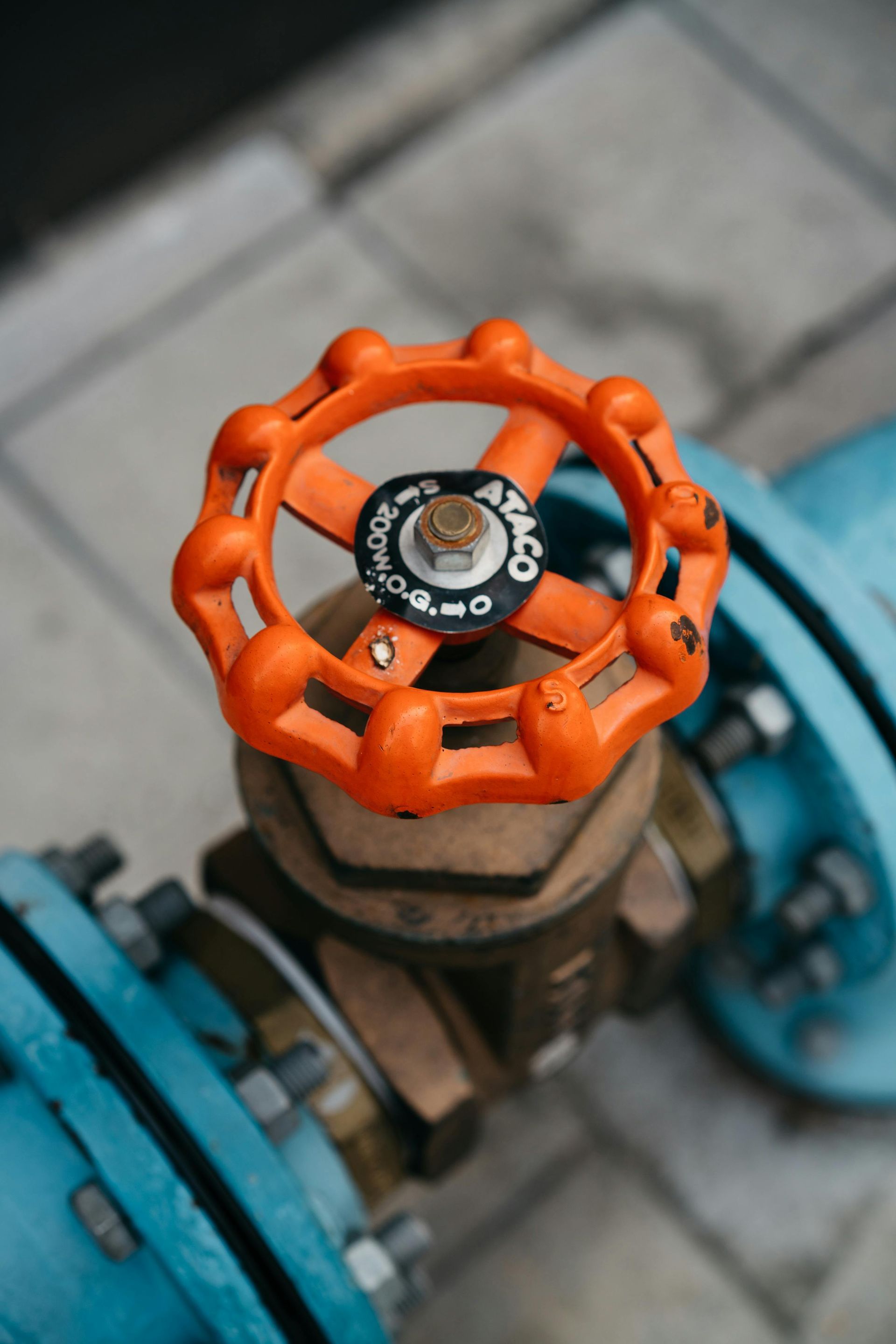Electric Tankless vs. Tank Water Heaters: Key Differences Explained
When choosing a water heater for your home, one of the first decisions to make is whether to go with a tank or tankless system—and whether to use electric or gas power. While gas models are common, electric water heaters offer their own set of advantages, especially for homes without natural gas service.
If you’re considering repairing or upgrading your system, Fly Plumbing provides professional water heater installation and repair services for both tank and tankless models. Our specialists can help determine the right size and type of unit for your home’s electrical capacity and hot water needs.
In this article, we’ll focus on the differences between electric tankless and electric tank water heaters. Both provide hot water, but they do so in fundamentally different ways—and each has unique pros and considerations.
How Electric Water Heaters Work
Electric Tank Water Heater
An electric tank water heater stores hot water in a large insulated tank, usually between 30 and 80 gallons. It uses electric heating elements to maintain water at a set temperature until it’s needed.
Features:
- Heats water in advance
- Supplies hot water until the tank runs out
- Once depleted, requires time to reheat
These systems are straightforward, reliable, and relatively affordable to install.
Electric Tankless Water Heater
An electric tankless water heater, often called an “on-demand” system, heats water as it flows through the unit. It has no storage tank. When a hot water tap is turned on, cold water flows through electric heating elements and is instantly heated.
Features:
- No standby heat loss
- Provides hot water only when needed
- Requires high electrical capacity for fast heating
These systems are compact and efficient but may need upgraded circuits or multiple units in larger homes.
Core Differences Between Electric Tank and Tankless Water Heaters
- Energy Efficiency
- Tankless electric units are more efficient because they only operate when hot water is needed. There’s no energy wasted keeping water hot all day.
- Electric tank heaters consume more energy overall due to standby losses, though modern insulation helps reduce this impact.
- Hot Water Supply
- A tank system provides a fixed amount of hot water. When the tank is empty, you have to wait for it to refill and reheat.
- A tankless system provides virtually unlimited hot water, as long as the system can meet the flow rate demand.
In homes with simultaneous hot water use in multiple locations, tankless units may require proper sizing or multiple installations.
- Installation and Space
- Electric tank models are bulky and usually require floor space in a utility closet, basement, or garage.
- Electric tankless models are compact and wall-mounted, making them ideal for tight spaces like apartments or under-sink installations.
However, electric tankless models may require electrical panel upgrades to support the higher amperage demand.
- Lifespan and Maintenance
- Tankless units typically last 15–20 years with regular maintenance
- Tank systems have a lifespan of 8–12 years on average
Both types benefit from annual flushing to remove mineral buildup, especially in hard water areas.
- Upfront vs. Long-Term Cost
- Tank heaters are cheaper to purchase and install
- Tankless units cost more upfront but may reduce electricity use over time
Keep in mind that any required electrical upgrades for a tankless unit can significantly increase installation cost.

When Electric Tankless Water Heaters Make Sense
- Limited installation space
- Low to moderate hot water demand
- Desire for long-term energy savings
- Homes already wired to support high electrical loads
When Electric Tank Water Heaters Are a Good Fit
- Budget-conscious installations
- Locations with predictable hot water use patterns
- Homes without the capacity or infrastructure to support tankless models
- Simpler replacement of an existing tank unit
Summary: Key Comparison Points
Size:
- Electric Tank: Large, floor-standing unit
- Electric Tankless: Compact, wall-mounted unit
Hot Water Supply:
- Electric Tank: Limited to tank capacity
- Electric Tankless: Continuous (flow-rate dependent)
Energy Use:
- Electric Tank: Higher due to standby loss
- Electric Tankless: Lower (no standby heating)
Upfront Cost:
- Electric Tank: Lower
- Electric Tankless: Higher
Installation Complexity:
- Electric Tank: Simple
- Electric Tankless: May require panel upgrade
Lifespan:
- Electric Tank: 8–12 years
- Electric Tankless: 15–20 years
Whether you need repair, replacement, or expert system sizing, Fly Plumbing is ready to help with full-service water heater installation and repair for Chicago homes and businesses.
Understanding the difference between electric tankless and tank water heaters helps ensure you select a system that matches your household needs. Each option has strengths, and the right choice depends on your home’s layout, electrical capacity, and hot water usage patterns.
Frequently Asked Questions
What is the difference between an electric tank and tankless water heater?
An electric tank water heater stores and preheats water in a tank, while an electric tankless heater heats water on demand as it flows through the unit—without storage.
Are electric tankless water heaters more energy-efficient than electric tank models?
Yes. Since electric tankless heaters only operate when hot water is needed, they typically use less energy compared to tank models that maintain water temperature all day.
Do electric tankless water heaters need special wiring?
Often, yes. Tankless systems may require upgraded electrical panels and higher amperage circuits to operate efficiently, especially in larger homes or multi-fixture setups.













